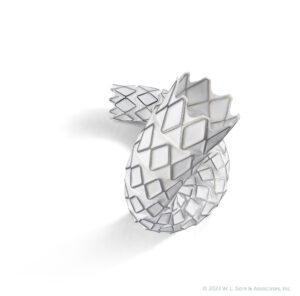
Gore has announced recent US Food and Drug Administration (FDA) approval of a lower profile Viabahn VBX balloon expandable endoprosthesis (VBX stent graft).
“Our team is pleased to be the first commercial implanter of the new lower profile VBX stent graft,” said Darren Schneider, chief of vascular surgery and endovascular therapy at Penn Medicine in Philadelphia, USA. “Combined with the flexibility, strength and deployment accuracy I’ve always trusted with the device, the new lower profile will enable me to treat most of my complex cases with a six or seven Fr device, reducing the risk of access complications while bringing trusted VBX stent graft outcomes to more of my patients.”
Gore details in a press release that no changes to the stent design were made to achieve the lower profile. “By focusing on improvements to the delivery system only, the valued characteristics and trusted performance of the stent graft itself remain unchanged and are joined by the enhanced versatility a lower profile provides. Depending on the practice, physicians may be able to use the VBX stent graft with a broader set of patients, experience a lower risk of complications at the access site,” the company explains.
“With the recently published five-year outcomes data, and the active pursuit of evaluating superiority versus bare metal stents in complex iliac occlusive disease through the Gore VBX FORWARD clinical study, this lower profile innovation gives me yet another reason to feel confident in the proven outcomes and broad versatility of this device in my practice,” said Ehrin Armstrong, interventional cardiologist and director of clinical research at Advanced Heart and Vein Center in Denver, USA.
Since its launch in the USA in 2017, more than 375,000 VBX stent grafts have been implanted worldwide. Here, the device is indicated for the treatment of de novo or restenotic lesions found in iliac arteries with reference vessel diameters ranging from five–13mm and lesion lengths up to 110mm, including lesions at the aortic bifurcation.
The lower profile device will be rolled out to the US market over the coming months and is also being studied in the TAMBE trial of type 4 thoracoabdominal aortic aneurysms.













